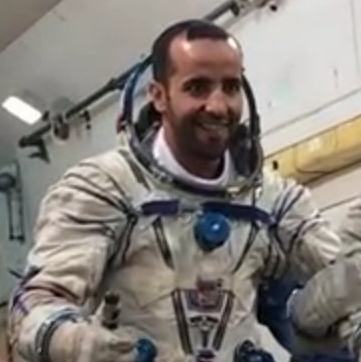Watching return of ISS crew on Freedom
The SpaceX manned capsule Freedom has undocked from ISS, carrying three astronauts completing a six month mission, with a scheduled splashdown planned for 4:50 pm (Eastern) off the western coast of Florida.
I have embedded NASA’s live stream below, for those that wish to watch. Note that though NASA inserts itself into this event, once the spacecraft has left ISS everything — including all workers involved in splashdown operations — is solely under the supervision of SpaceX, with NASA’s participation only that of a customer, albeit a very powerful one. This is a capsule and splashdown designed, built, run, and most important, owned by a private American company, not the government.
» Read more
The SpaceX manned capsule Freedom has undocked from ISS, carrying three astronauts completing a six month mission, with a scheduled splashdown planned for 4:50 pm (Eastern) off the western coast of Florida.
I have embedded NASA’s live stream below, for those that wish to watch. Note that though NASA inserts itself into this event, once the spacecraft has left ISS everything — including all workers involved in splashdown operations — is solely under the supervision of SpaceX, with NASA’s participation only that of a customer, albeit a very powerful one. This is a capsule and splashdown designed, built, run, and most important, owned by a private American company, not the government.
» Read more

